Friendly Fusion Izakaya: Tokyo’s Bal Scene Explained
Naming Tokyo’s Hottest Post-Pandemic Dining Trend
Pent-up demand has inspired Tokyo restauranteurs to embrace a new genre bringing cozy to dinner and drinks: The izakaya-bistro bal.
A couple of weeks ago, I went with a fellow writer to do a menu test for a recently opened eatery. She looked at the menu and knit her eyebrows together. “What am I supposed to call this? A bistro? It’s not—it’s too Japanese… there are burgers but also, ajillo. And matcha lattes of all things?” Welcome my friend, to a bal!
What is a “bal”?
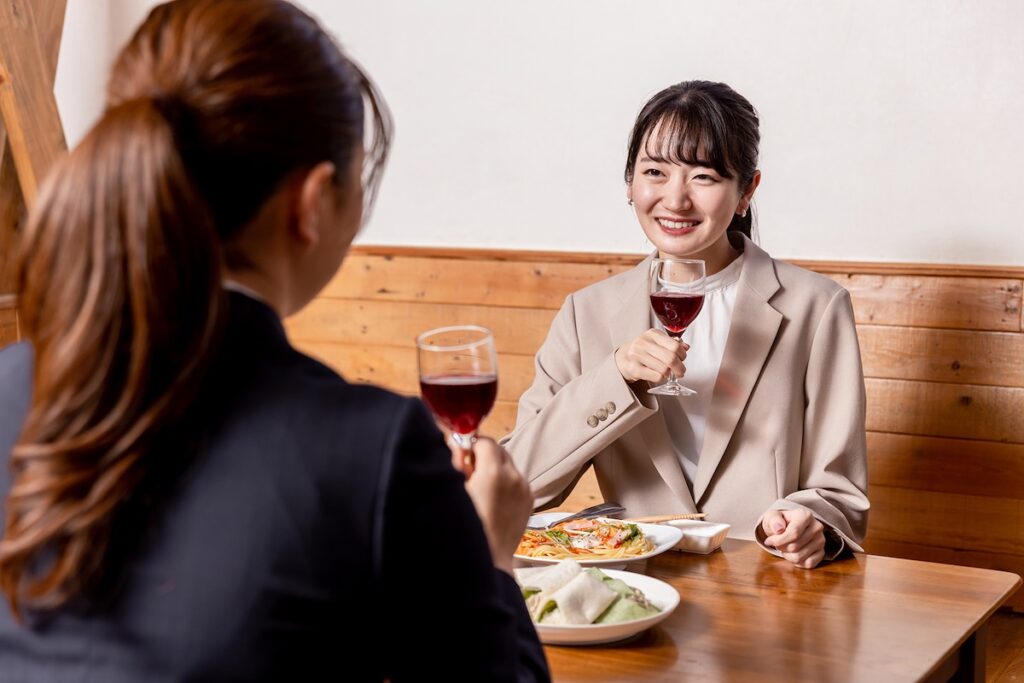 © Photo by Adobe Stock: buritora
© Photo by Adobe Stock: buritoraBal is a recent term popularized by the owners of certain izakaya-cum-bistros. Not “bar”, nor Spanish “baru” but bal. This romaji-fied katakana word perfectly illustrates how these only-in-Japan “bars” differ from Western iterations.
J-Net 21, a service that guides would-be-business-owners, defines a “dining bar” as an eatery offering a wide range of alcoholic beverage options in addition to food. The subtypes outlined are “Western European izakaya”, “wine bar” and “shot bar”. Not that many readers would equate “shot bar” with a place for eating charcuterie!
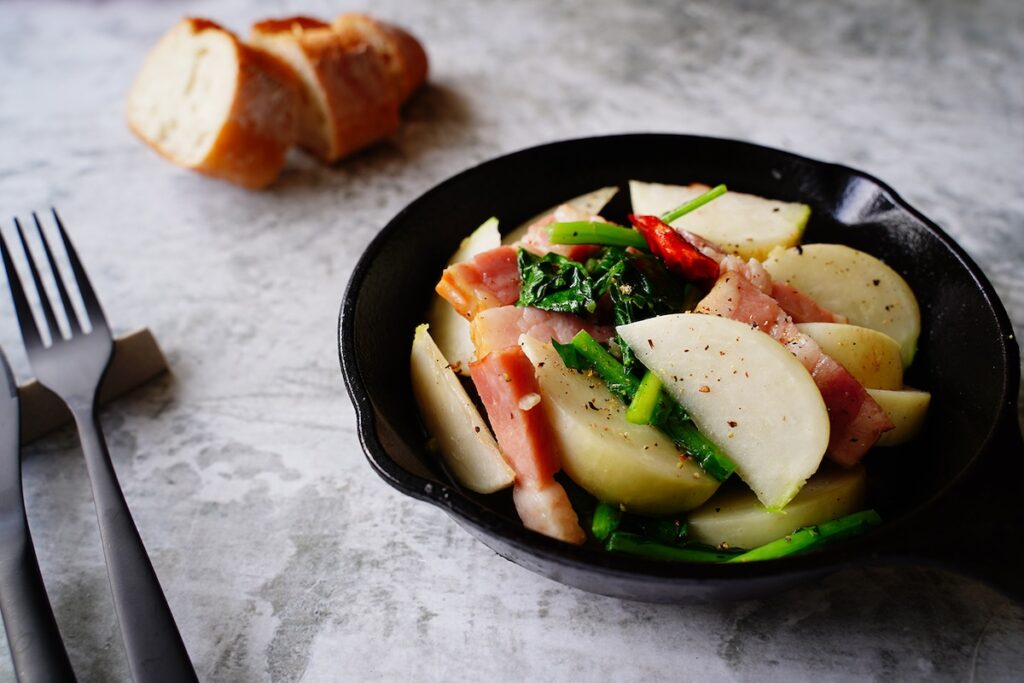 © Photo by Adobe Stock: goboucha.com
© Photo by Adobe Stock: goboucha.comIf you search “dining bar” and “Tokyo,” you might be surprised at the scarcity of useable listings. In fact, much like the contents of the preview menu, results from my own search lacked rhyme or reason. If you try in katakana, however, a clear pattern emerges: trendy eateries with an East-meets-West menu and an emphasis on drinks and atmosphere.
East-meets-West menu and an emphasis on drinks and atmosphere.
Another Japanese-only source, the celebration and gifting website Mechoo, explains the differences between French bistro and Spanish “baru,” mentioning that in Japan, bal (baru) has come to mean “Spanish-inspired Western Izakaya,” even though bal usually lean Italian or French. The writers at Mechoo seem right on point, as their coverage came out in 2021 and was most recently updated in July 2023, with the uptick in bal openings.
As it stands, it seems that the bal hasn’t quite entered the expat space yet….time to change that!
Getting Girls to the Bar
 © Photo by iStock: tky15_lenz
© Photo by iStock: tky15_lenzFor those who wince at the thought of pit stains on otherwise immaculately crisp white shirts, a risk of sloshed cheap beer and free-flowing cigarette smoke in izakaya, a bal isn’t that. Nor is it a place to risk typical bar-like bothering.
Instead, most bals smack of posh, plushness and premium. Bals provide if-you-know-you-know intimacy that makes them perfect for dates or drinks with friends. The atmosphere is inviting but upscale enough to make guests feel like they’re having an evening out.
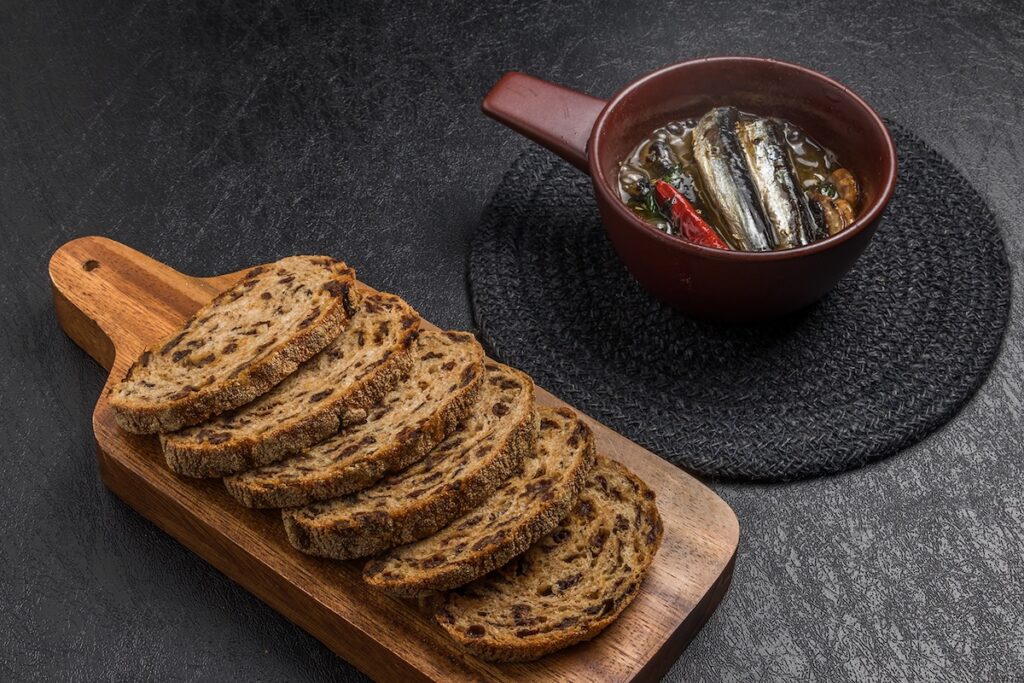 © Photo by Adobe Stock: norikko
© Photo by Adobe Stock: norikkoMature flavors and fashionable interiors make bals especially inviting to the working women of Tokyo. They come to rub the salonpas of camaraderie into stiff shoulders and relax into voluptuous, enveloping flavors. If izakaya promise salarymen a second wind after a long day, bals allow trendy guests to dip their toes into gourmet with all the familiar comfort of a warm bath.
The Bal Menu
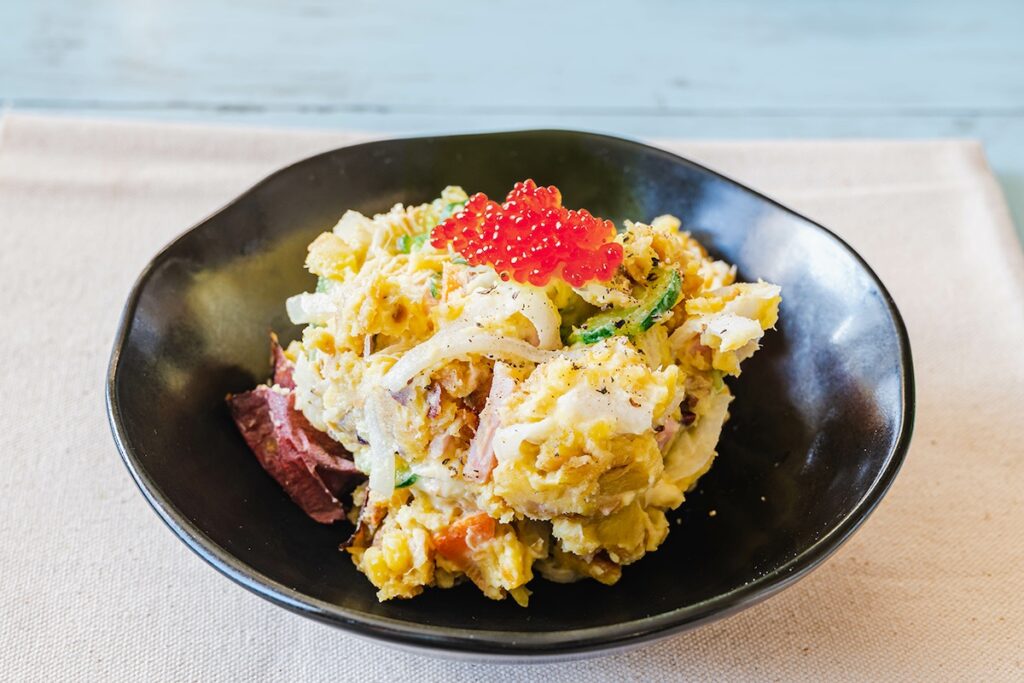 © Photo by Adobe Stock: kikisora (Edited by Sydney Seekford)
© Photo by Adobe Stock: kikisora (Edited by Sydney Seekford)Expect bagna cauda, carpaccio with Japanese flair and plenty of cheeses. One tell-tale sign of a bal is the fruit-burrata plate, sometimes accompanied by prosciutto. All bal seem to have potato salad, but each eatery employs some special flair or signature prep method. Bals make a point of serving bread or cracker-paired appetizers too, unlike izakaya, and typically have Western-style pickles instead of oshinko or zuke (Japanese pickles).
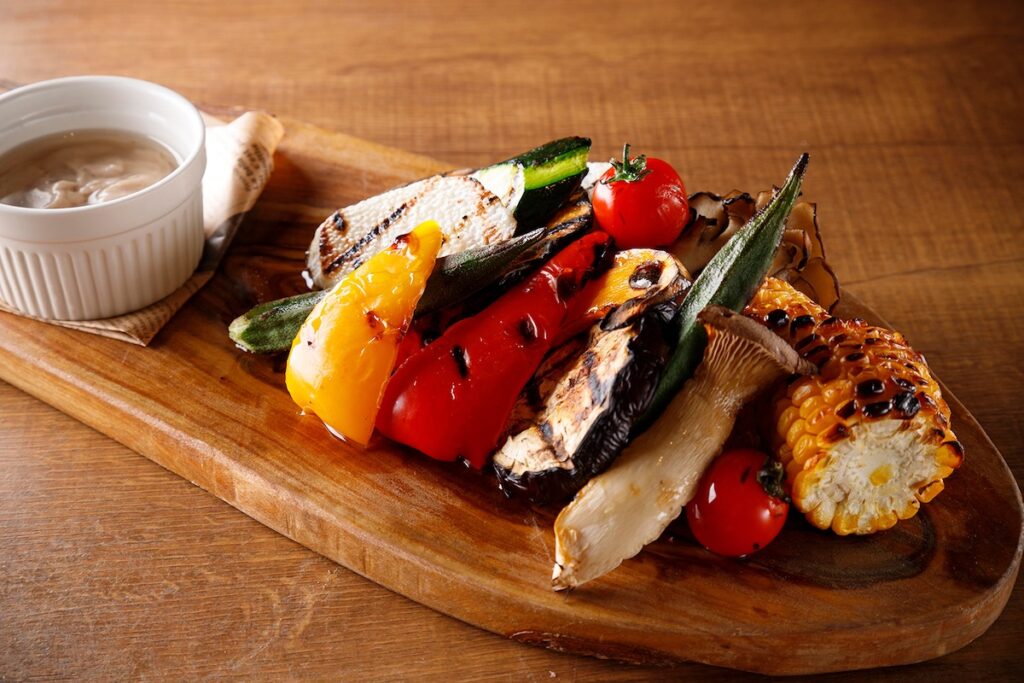 © Photo by Adobe Stock: Takanori Ogawa
© Photo by Adobe Stock: Takanori OgawaFor mains and meats, smoked or rare is a given. Duck breast and rare steaks or roast are often served pre-sliced and dressed for sharing. Diners can expect some, if not multiple, forms of confit, terrine or paté on the menu.
There is going to be pasta—spaghetti of some sort with shimmery oil sauce, ragu or a “signature” carbonara; something rich.
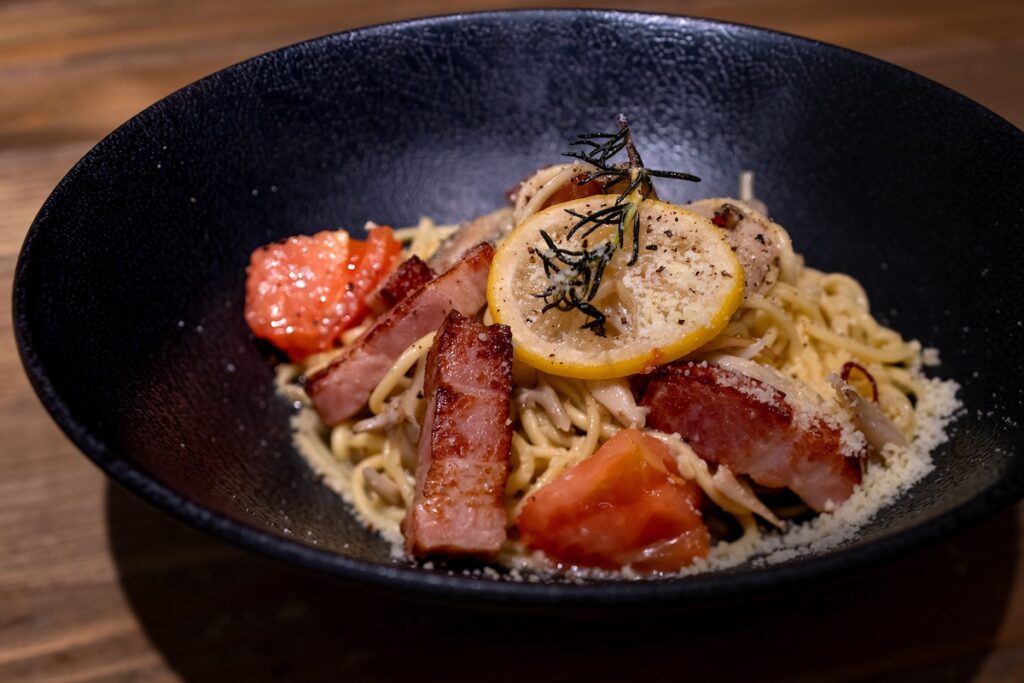 © Photo by Adobe Stock: wancosova
© Photo by Adobe Stock: wancosovaRound pasta like gnocchi, orecchiette and ravioli are all viable contenders, consistent with the “roundness” that classifies a bal’s signature menu. Pizza, focaccia, risotto and the like will satisfy the rest of the table. Bals make generous use of dustings of grated parmesan, thinly sliced mushroom and truffle, creamy, fluffy egg dishes, generous pours of olive oil and bursts of grated black pepper. The plating leans gourmet but the flavors are all comfort.
Recommended Spots in Tokyo
Fours (Meguro)
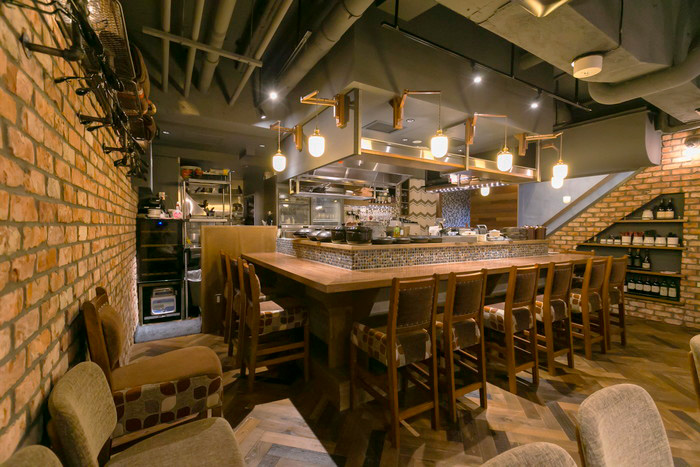 © Photo by Fours
© Photo by FoursFours, self-described as “genreless cuisine to enjoy with people you love” is one of the most representative bal locations and a genre pioneer. It’s got the full bal experience: A warmly inviting atmosphere, dressy potatoes, creative gorgonzola cheesecake for dessert and a signature salad featuring liver confit. Fours achieves the perfect bal-esque East-West balance with takikomi gohan (one-pot rice dish) and grown-up wasabeef (Japanese-style roast beef).
- Address: 1-4-11, Meguro, Meguro City, Tokyo
- Closest Station: Meguro Station
- Expect to Pay: Dinner: ¥8,000–¥9,999
- Opening Hours: Tue-Sun 5 p.m.-11 p.m., Closed on Mondays and 1-2 Tuesdays/month
- Website: https://foursmeguro.com/
Flamingo (Ebisu)
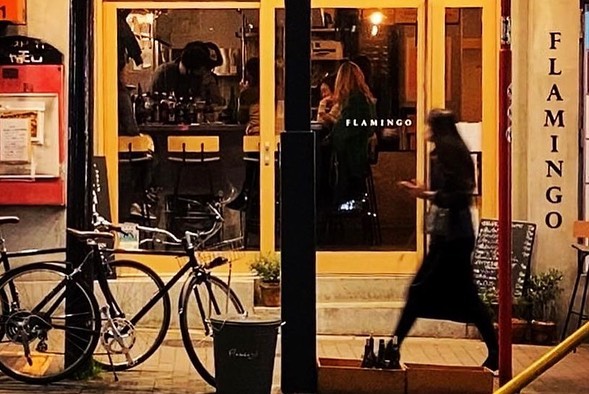 © Photo by Flamingo
© Photo by FlamingoFlamingo, “fun Italian and wine,” is located in foreigner favorite Ebisu. It’s a place to explore well-known fusions like shirako (fish milt) pasta and inventive takes like negitoro (minced raw tuna with green onion) cannoli. This little stand is tight and cozy, with bright windows half-hidden by the patio plant life. Giving off clubhouse vibes, Flamingo is perfect for a couple of glasses of organic and small-batch wine with sharing plates, or try the course menu for a full gastronomic tour.
- Address: 1-2-8 Ebisuminami, Shibuya City, Tokyo
- Closest Station: Ebisu Station
- Expect to Spend: Dinner: ¥6,000–¥7,999
- Opening Hours: Tue-Sat 3 p.m.-11 p.m. (Last Order at 10:30 p.m.), Sun 1 p.m.-9 p.m. (Last Order at 8:30 p.m.) Closed Mondays
- Website: https://www.instagram.com/flamingo.ebisu/
Grilled Meat Bal Taiju (Ikebukuro)
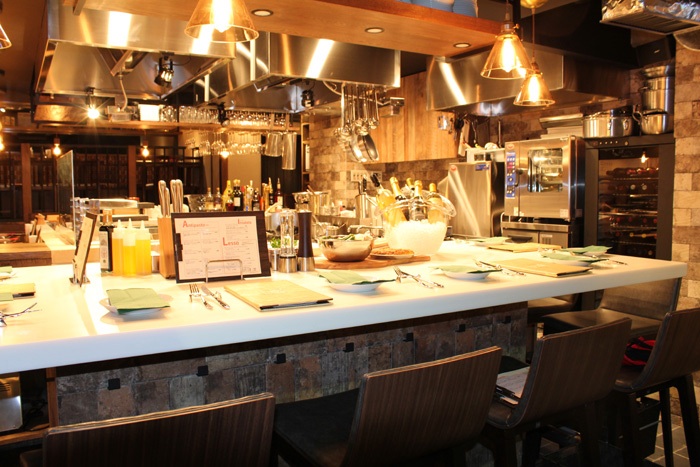 © Photo by Grilled Meat Bal Taiju
© Photo by Grilled Meat Bal TaijuTaiju lives up to its moniker with signature potato salad, stunning cuts of roasted and grilled wagyu, plump gnocchi and tuna katsu. Taiju is an especially good pick for date night, with course menus starting at just ¥2,800 and a strong Western lean. Taiju Allegato Hanare, the sister store to its Nishi-Shinjuku location, is positioned as an upscale izakaya. Hanare’s menu is even more successful in expressing the signature bal style: note the appetizer menu featuring both fried shishito pepper and a fig-burrata plate!
- Address: 3-22-5 Nishiikebukuro, Toshima City, Tokyo
- Closest Station: Ikebukuro Station
- Expect to Spend: Dinner: ¥6,000–¥7,999
- Hours: Mon-Fri: 5 p.m. -11:30 p.m., Sat/Sun/Holiday: 4 p.m.-11:30 p.m.
- Website: https://www.meatbal.com/shop/ikebukuro/
Chochin (Omotesando)
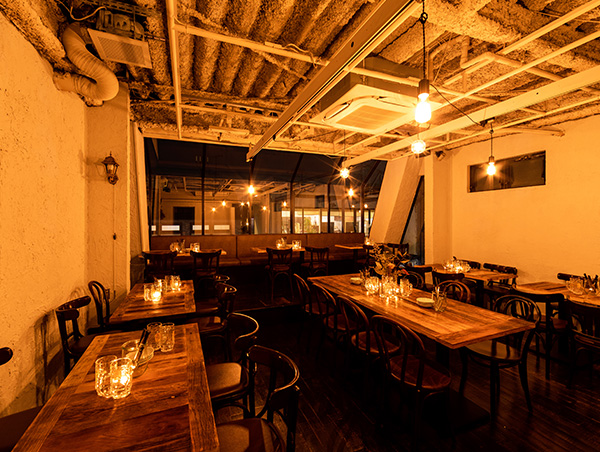 © Photo by Chochin
© Photo by ChochinSomewhat unlike the other members of this list, Chochin provides an East and West menu rather than a selection of fusion foods. It’s the place to go if you have one quiche eater and one karaage (Japanese fried chicken) craver. Chochin’s comparatively narrow offerings put the focus on enjoying its upscale space as a watering hole, but the mix-and-match menu is still 100% bal quality and the course option is ideal for a nomikai (drinking party).
- Address: 4-29-9 Jingumae, Shibuya City, Tokyo
- Closest Station: Meiji Jingumae Station
- Expect to Spend: Dinner: ¥3,000–¥3,999
- Opening Hours: Mon-Thu 5 p.m.-11 p.m., Fri-Sun, Holidays: 4 p.m.-11:30 p.m.
- Website: https://chochin-omotesando.com/
Newly armed with a definition and what to look for, let us know if you have any bals to recommend!












Leave a Reply